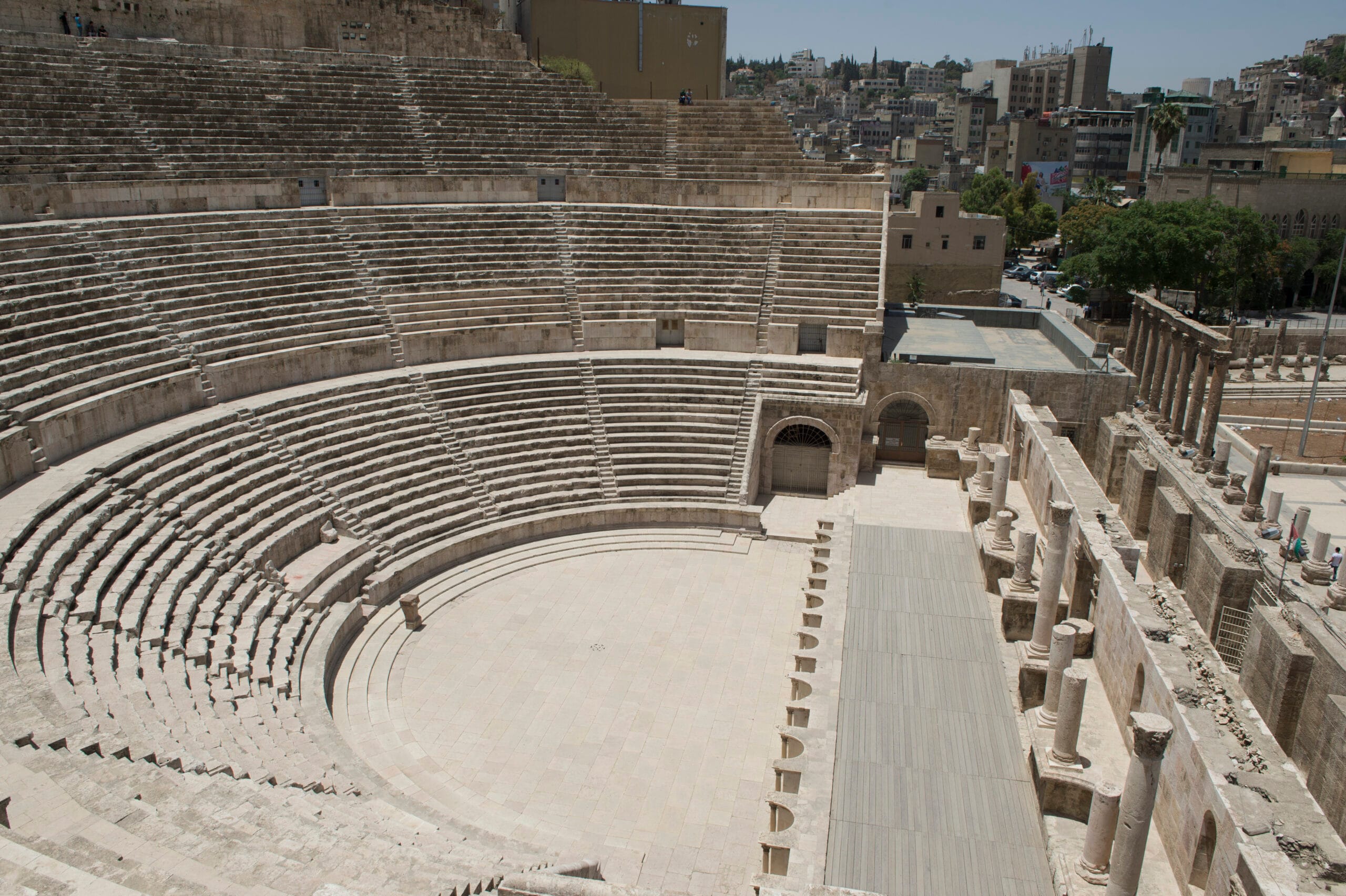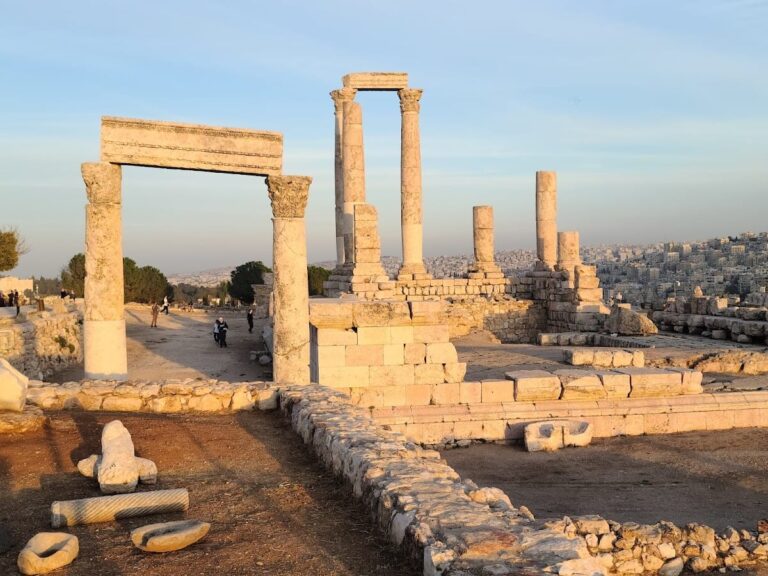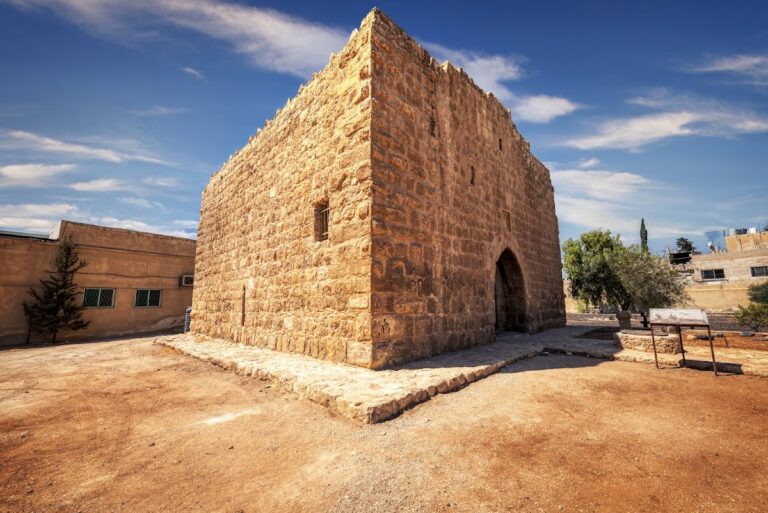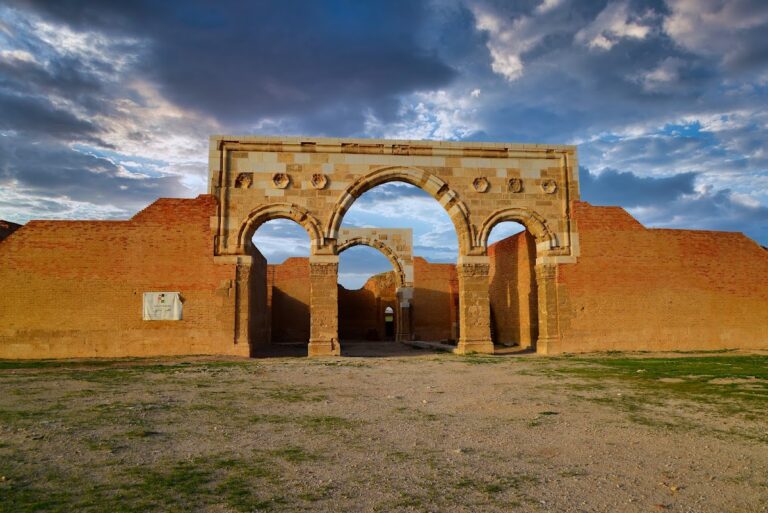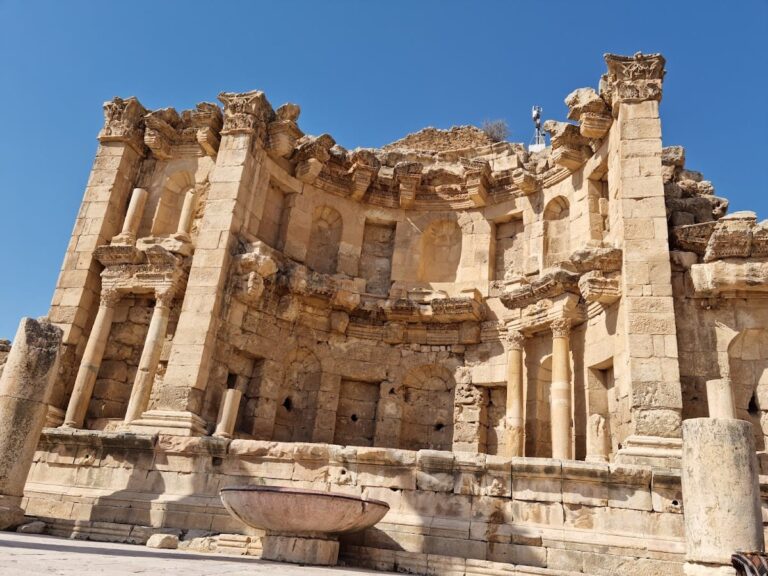Roman Theatre of Amman
Introduction
The Roman Theatre of Amman is a large, ancient structure built in the 2nd century CE. It is located in the eastern part of Amman, Jordan, at the foot of Jabal Al-Joufah. This theatre is a prominent landmark in the city, which was known as Philadelphia during the Roman period. The theatre can accommodate approximately 6,000 spectators and is situated near the Odeon and the Roman Nymphaeum.
This theatre was constructed in honor of Emperor Antoninus Pius, who ruled from 138 to 161 CE. An inscription on one of the theatre’s pillars commemorates this dedication. The Roman Theatre served as a venue for various performances and events during its operational period. It was part of the Roman Decapolis, a network of cities in the southeastern Levant.
Architectural Features
The Roman Theatre is notable for its tiered, semicircular seating arrangement. It is carved into the hillside and consists of three horizontal sections, known as diazomata. The theatre is oriented northward, which helps shield the audience from direct sunlight. The structure includes side entrances, called paradoi, that lead to the orchestra and the stage. The stage building is approximately 100 meters wide and was likely three stories high, with a wooden stage elevated 1.5 meters above the orchestra.
The seating arrangement within the theatre reflected the social hierarchy of the time. The upper sections were designated for the urban poor, foreigners, slaves, and women, while higher-ranking individuals occupied the lower sections. The design of the theatre allowed for excellent sightlines and acoustics, ensuring that performances could be enjoyed by all attendees, regardless of their seating position.
Modern Usage
Today, the Roman Theatre is utilized for various cultural activities. It hosts events such as the Amman International Book Fair and the Al-Balad Music Festival. The theatre also houses two small museums: the Jordan Museum of Popular Tradition and the Jordan Folklore Museum, which are located behind the side entrances.
